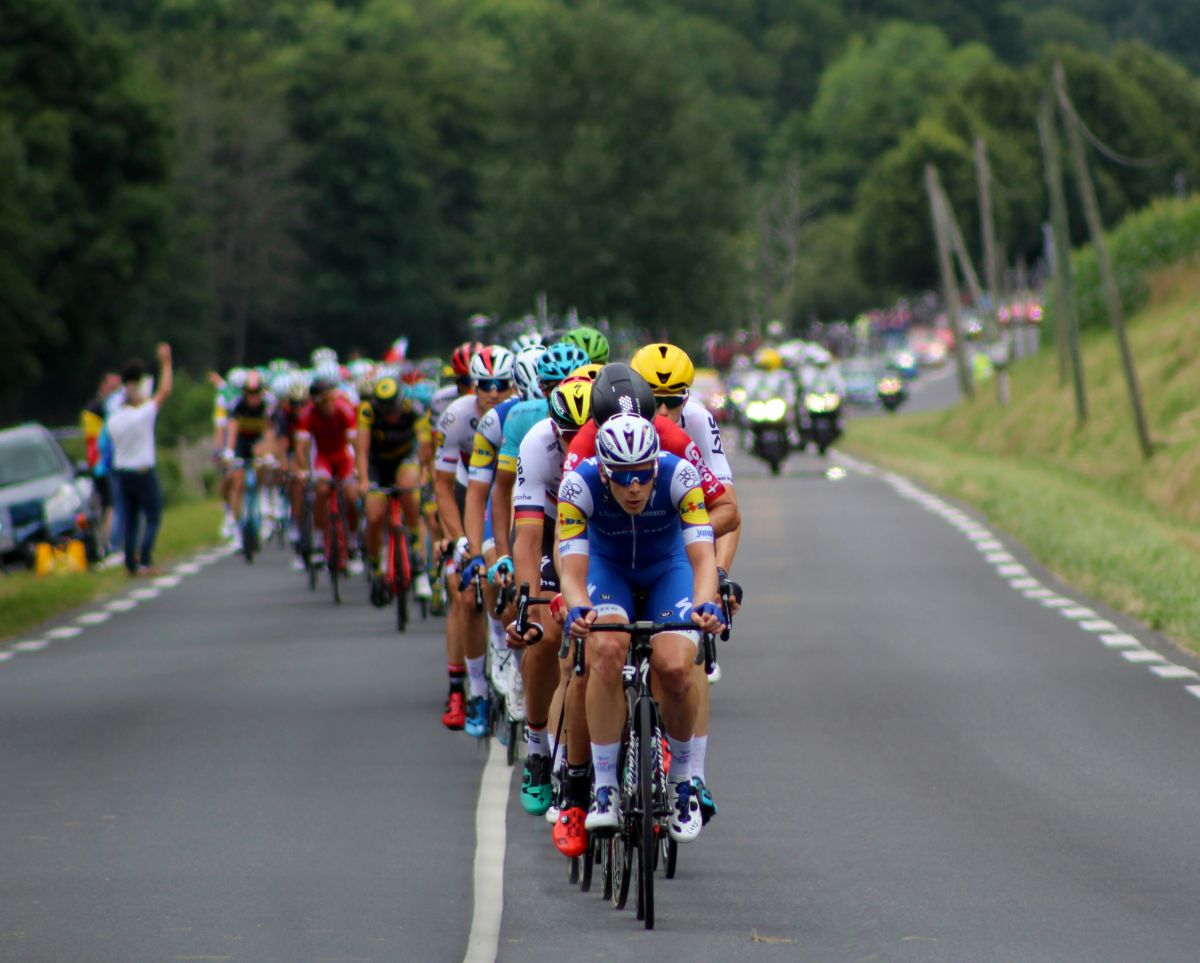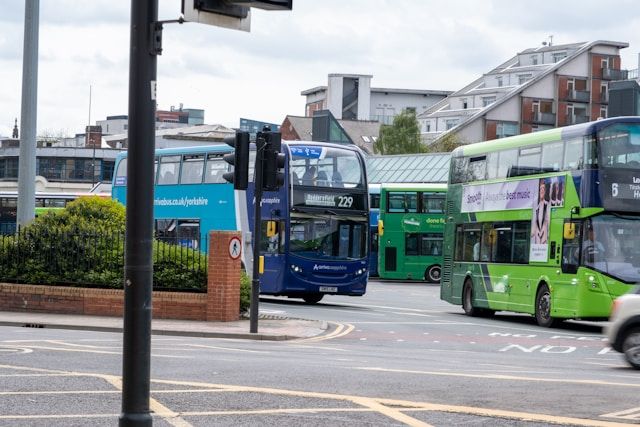Anticipating the Tour de France
This July the 101st Tour de France will start in the United Kingdom for only the fourth time in its history.

This July the 101st Tour de France will start in the United Kingdom for only the fourth time in its history. With it come some unique transport challenges that require careful planning and management.
For the first time the North of England and its biggest county, Yorkshire, will host the start of the race which will move on to visit five new stage cities; Leeds, Harrogate, York, Sheffield and Cambridge. After 549 kilometres of determined cycling, its UK finish will be in London, before returning to France and finishing in Paris three weeks later.
The Tour de France is commonly recognised as the most popular free-to-watch sporting event worldwide, and this year’s is expected to achieve crowds greater than ever experienced before. But just how great will they be? And how should the cities, towns and villages it will race through prepare for their impact?
The crowds must get from A to B somehow, so the event will undoubtedly result in unprecedented travel demand in Yorkshire, passing through some of the most stunning scenery that the UK has to offer. This area also includes some of the least accessible areas in the England, which results in some unique challenges that require careful planning and management.
Road closures are required to allow the safe passage of the race. In many cases they will be necessary well in advance of the race to avoid the race route from being blocked by spectators trying to access key vantage points. This all requires careful planning to minimise inconvenience to residents and businesses along each Stage.
Anticipating the crowds in 2013
UK Sport* commissioned Steer Davies Gleave (SDG) to derive spectator forecasts for advance planning purposes for the first three Stages of this year’s Tour de France.
When planning for an event of this size it is important to consider previous spectator attendance at similar events. In this case we took into account cycle races in the UK, particularly that in 2007 when the Tour de France last visited the UK and the more recent Olympic Road Race in 2012. We also recognised the increased popularity and continued worldwide success in UK cycling and considered the geography and transport modes that will be relevant to getting spectators to viewing spots for each Stage.
Coping with the demand
What makes an event of this type unique is that tickets are not typically sold to view it and it’s difficult to predict both where and when the spectators will arrive to view the race. It is not as simple as saying the capacity of the venue is ‘X’ and spectators will arrive at ‘Y’.
For the last six months work has been undertaken to predict demand, initially for UK Sport and then latterly for TdFHUB2014, the company established late last year to coordinate planning for the first three stages of the Tour de France 2014. This has included;
- The preparation of spectator demand forecasts, followed by an assessment of spectator capacity, to determine areas where pressure might arise on the various transport networks.
- The principles of the Traffic Management Plan that each Local Highway Authority (LHA) must deliver, were established and reviewed.Further engagement with delivery stakeholders, concerning the next stages of planning and preparation for the event took place. This included consideration of spectator arrival and departure profiles.
- Crucially, spectator forecasts should be refreshed periodically as more becomes known about expected demand, each Stage and where related special events are planned. This will continue to influence where and how many people watch the race.
This work has led to the following:
- A set of transparent planning assumptions being used by the delivery stakeholders. These are to be revised periodically and updated as more becomes known about each Stage.
- The assumptions have been used to develop spectator forecasts for the delivery stakeholders to plan most effectively for the event.
- Each of the three Stages has been assessed, and areas have been identified where demand from spectators is likely to exceed capacity, so additional measures will be required to mitigate this.
- Advice has been given on where and how this can be done with interventions such as ‘live sites’, to manage better the demand that is expected. Conversely, areas have also been identified where surplus transport capacity exists and where excess demand could be accommodated. In reality, this balancing act will be necessary to ensure that all who wish to watch the event can do so and enjoy the experience.
- A forward programme of key activities and timescales has been developed. For example, it is essential that the spectator market is tested to help validate both any assumptions made and the findings from the earlier work. This will ensure the successful delivery of the event.
- The delivery stakeholders are now better informed and prepared to plan most appropriately and effectively for the successful delivery of the event this summer.
Previous Tours tell us that spectator demand will probably be greatest at points when cyclists are going uphill, or at their slowest, so very large crowds are expected on many of the iconic hill climbs Yorkshire has to offer. Similarly, large crowds are expected at all of the start and finish cities over the three days.
With less than six months to go until the Tour de France starts, the excitement continues to escalate and enthusiasts continue to speculate about just how big the crowds will be at this year’s Grand Départ.
Only time will tell, but with thorough planning and forecasting we can safely assume that the UK leg of the 101st Tour de France will be remembered for all the right reasons.
* UK Sport is the agency for responsible for promoting and supporting high performance sport across the UK and is playing a leading role in the delivery of the UK element of Tour de France 2014. It is accountable to Government through the Department for Culture, Media and Sport.


















